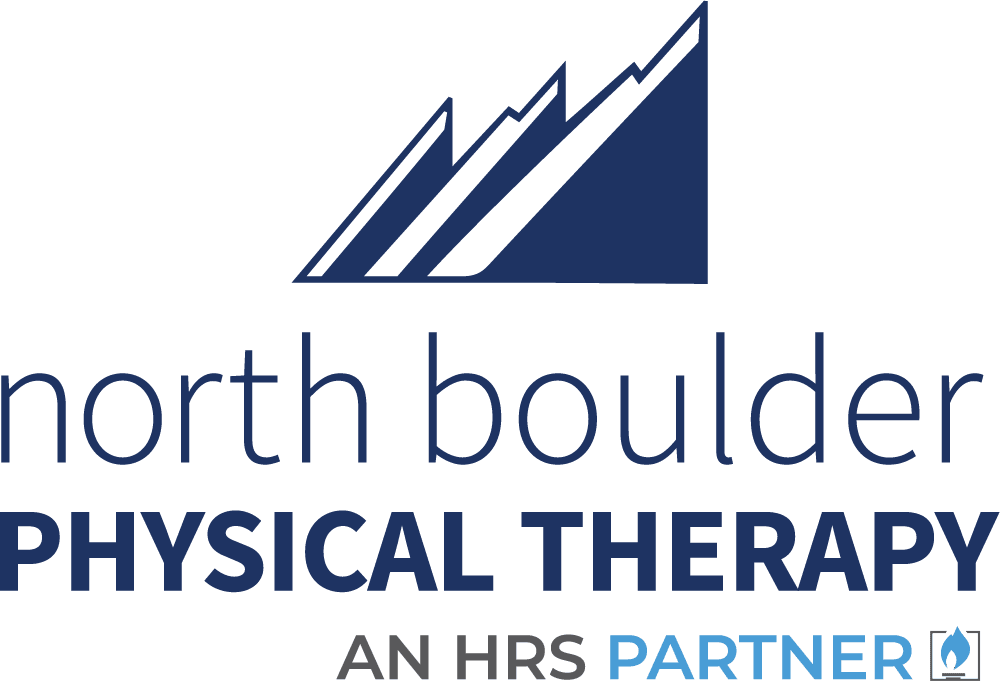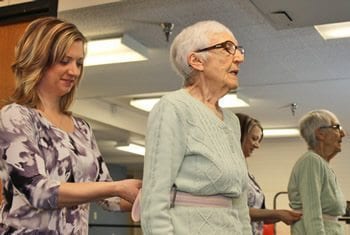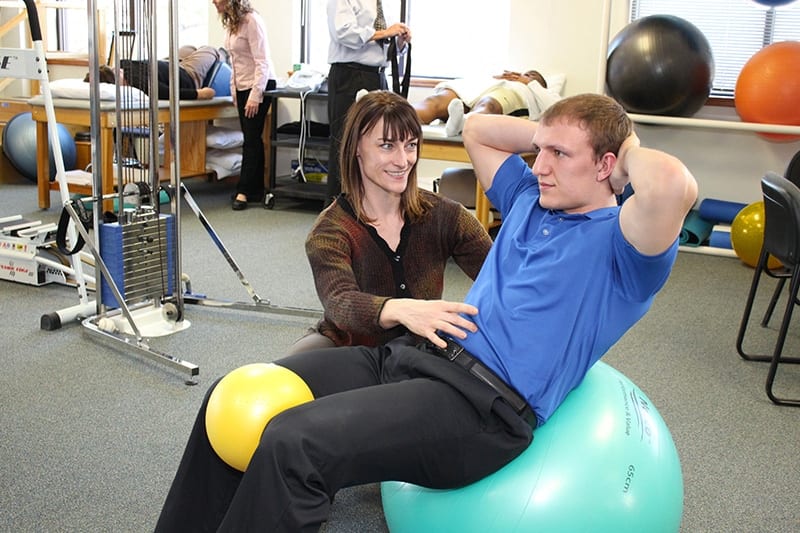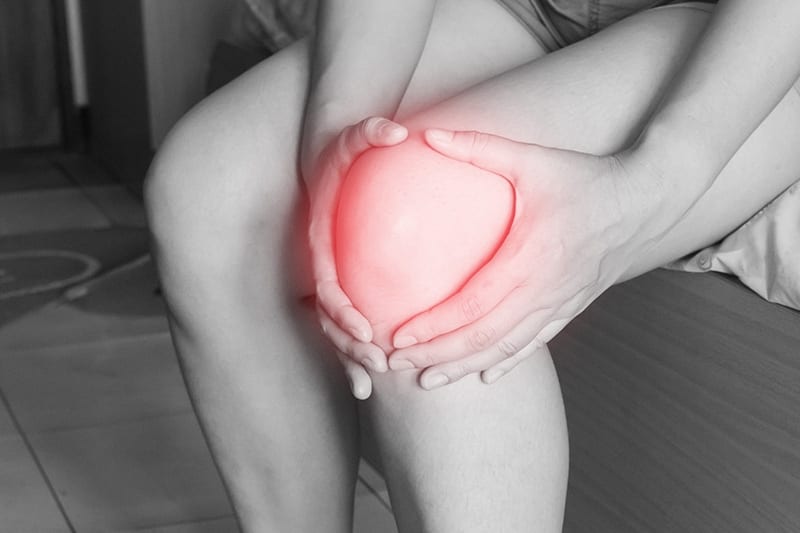 Published in the journal of JAMA Neurology, a recent study questions the use of physical therapy for early Parkinson’s disease stages, with results indicating that it offers no benefit. However, our therapists at North Boulder Physical Therapy point out that this study was limited and physical therapy may actually help with shortened stride or reduced arm swing, as well as other specific needs of Parkinson’s patients that were not included in the study.
Published in the journal of JAMA Neurology, a recent study questions the use of physical therapy for early Parkinson’s disease stages, with results indicating that it offers no benefit. However, our therapists at North Boulder Physical Therapy point out that this study was limited and physical therapy may actually help with shortened stride or reduced arm swing, as well as other specific needs of Parkinson’s patients that were not included in the study.
Parkinson’s disease is a movement disorder. It is chronic and progressive, which means the symptoms continue and worsen over time. The symptoms can include a tremor of the hands, arms, legs, jaw and face, as well as bradykinesia (slowness of movement), rigidity (stiffness of the limbs and trunk), postural instability or impaired balance and coordination.
While almost one million people in the U.S. have Parkinson’s disease, the cause is currently unknown and there is no cure. However, there are treatment options such as surgery and medication to manage its symptoms. And of course, physical and occupational therapy have long been part of Parkinson’s disease treatment and are often recommended in later stages of when performing daily tasks becomes more difficult for people.
But this study only evaluated the effectiveness of physical therapy in the earlier stages. According to an article in US News, the study’s protocol included randomly dividing 762 patients (in the United Kingdom) with mild-to-moderate Parkinson’s into two different groups.
The first group in the study participated in standard practice physiotherapy and occupational therapy. Patients received four, hour-long therapy session over eight weeks. The second study group was the control group and received no therapy.
After three months, the researchers examined both groups to assess their ability to do activities of daily living or quality-of-life measures, with follow-up at 3 and up to 15 months. The study found there was no difference between the therapy group and the control group.
While findings of this study do not support using physical therapy or occupational therapy generally in the early stages of Parkinson’s disease, it doesn’t provide any insight into the effectiveness of physical therapy for people with more advanced Parkinson’s disease.
This is the conclusion from the study as reported in the JAMA article:
In the United Kingdom, cost-effectiveness is an especially relevant consideration in the context of its single-payer National Health Service. The cost-effectiveness of routine referral of patients with earlier-stage PD for physiotherapy and occupational therapy was addressed in an article in this edition of JAMA Neurology. Half of more than 700 patients with PD from across the United Kingdom were randomized to standard practice physiotherapy and occupational therapy (median, 4; hour-long therapy sessions). Compared with the control group, this therapy intervention failed to meaningfully influence the activities of daily living or quality-of-life measures, with follow-up at 3 and up to 15 months. The investigators concluded that “This evidence does not support the use of low-dose, patient-centered, goal-directed physiotherapy and occupational therapy in patients in the early stages of PD.”
Some experts feel this study is limited and should be expanded to include people with advanced Parkinson’s disease as they may respond differently. The study’s researchers agree and suggest that additional research should be conducted. This would include structured and intensive physical therapy programs for patients in all stages to adequately measure if it offers benefits to some patients.
In addition, experts suggest that while the practice standards should not automatically recommend physical therapy for people in the early stages of Parkinson’s disease, it should not rule out that physical therapy may benefit certain individuals. Physical therapy or occupational therapy could be beneficial to when focusing on particular problems like gait freezing, imbalance or fall risk, and immobilized limbs.
The study also suggests the possibility that Parkinson’s disease patients could benefit from fitness and aerobic exercise, and a doctor’s referral to physical therapy should be for specific problems that can be addressed through therapy.
The study questions the use of physical therapy for early Parkinson’s disease stages with the findings showing no benefits. But the study was limited and more research is needed to determine later-stage value. If you or a family member suffer from Parkinson’s, our therapists at North Boulder Physical Therapy can help by working with your doctors to develop a physical therapy program that focuses on specific needs and helps improve daily function. Please contact us if you would like to learn more.



